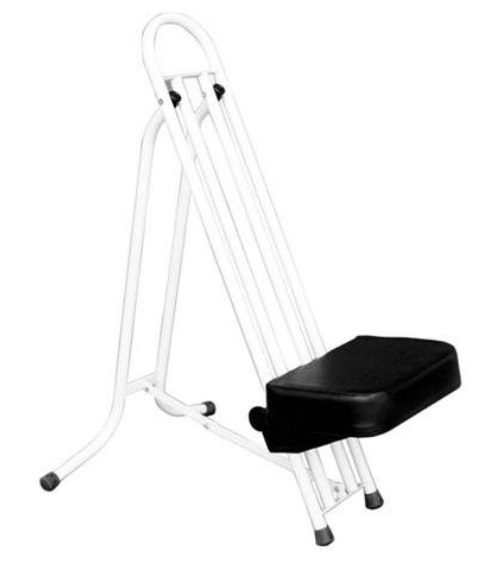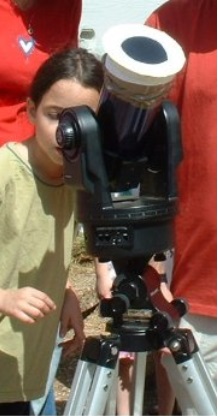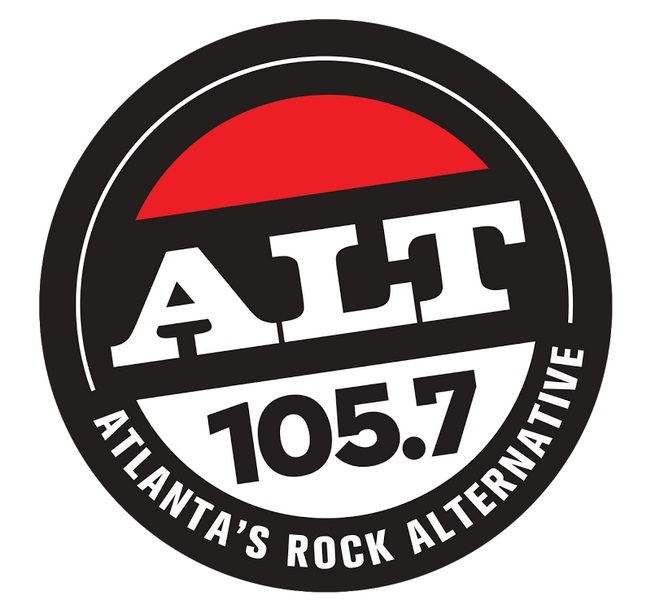Limpert Tech "SullyCast" on Radio 105.7 and iHeartRadio - Solar Eclipse Tech
 Friday, August 18, 2017 at 8:46PM
Friday, August 18, 2017 at 8:46PM For a few moments on Monday, we will experience the first total solar eclipse in over 40 years.
Some tech and tips for the solar eclipse.
Have a listen:

Remember, the shadow of the moon will first touch Georgia at 2:34 p.m. on Aug. 21 and leave the state at 2:40 p.m. The shadow of the moon passes by quickly, at about 1,800 miles per hour, according to NASA.
Never view the Sun with the naked eye or by looking through optical devices such as binoculars or telescopes!
Rick and Sully discuss, and don't look directly at the eclipse
1. Solar Eclipse Glasses
Solar Eclipse glasses resemble 3-D movie glasses and sell for as little as $2. They are sold at Best Buys, Kirkland’s and Lowe’s stores. Many stores are sold out and won't be getting more inventory, so look around and don't look directly at the solar eclipse.
Reputable vendors https://eclipse.aas.org/resources/solar-filters

2. Make your own viewing device here... starting with just a long box or long tube
https://www.exploratorium.edu/eclipse/how-to-view-eclipse
3. Starbound Astronomy Viewing Chair
A $159 comfortable sturdy heavy-duty Chair designed for Sky Observing that folds flat for easy storage. The Chair is adjustable from 9" to 32". This allows for instant adjustment of the padded seat to whatever height you need for observing with your telescope. The chair has extra-thick padding and a heavily plated steel frame The Viewing Chair is available in two powder coated colors, White or Black (this version Black). 
4. A Solar Filter for any Eclipse Photography
Black polymer is the most common filtering material for observing sunspots and granulation, through telescopes and binoculars.
These sheets are a quality product of Thousand Oaks Optical, Arizona, a manufacturer of safe solar filters for over 30 years. "Stronger than Mylar with the filtering properties protected within the substrate. Guaranteed five years."
Make a filter on your own for any telescope / binoculars / camera, and for a fraction of what factory made filters cost.
The sun will appear in a natural orange color when viewed through your telescope using this filter.
WARNING: ALWAYS MAKE SURE THE FILTER IS WELL ATTACHED TO THE TELESCOPE/BINOCULARS, USING STICKY TAPE, TO KEEP IT FROM FALLING WHILE OBSERVING! 
5. Apps for the Solar Eclipse
- NASA Total Solar Eclipse 2017 Countdown: NASA has created this website, https://eclipse2017.nasa.gov/, to guide you through the eclipse. You will find a live stream of the eclipse, an interactive eclipse map, a list of official eclipse events across the country, eclipse science and education activities, such as making a solar viewing projector or a 3D printable pinhole projector, eclipse art projects and much more.
- Total Solar Eclipse 2017: This free app from Exploratorium gives you access to Exploratorium’s live video streams of the total solar eclipse. You can tune in to 5 simultaneous video streams: live coverage hosted by Exploratorium educators and NASA scientists; live coverage in Spanish; a non-narrated, 3-hour live telescope view of the full eclipse as seen from Oregon; a non-narrated, 3-hour live telescope view of the full eclipse as seen from Wyoming; and a live telescope view with live musical sonification and accompaniment by the Kronos Quartet.
 Solar Eclipse,
Solar Eclipse,  apps,
apps,  tech in
tech in  Holidays,
Holidays,  Sully,
Sully,  radio,
radio,  tech segment
tech segment 